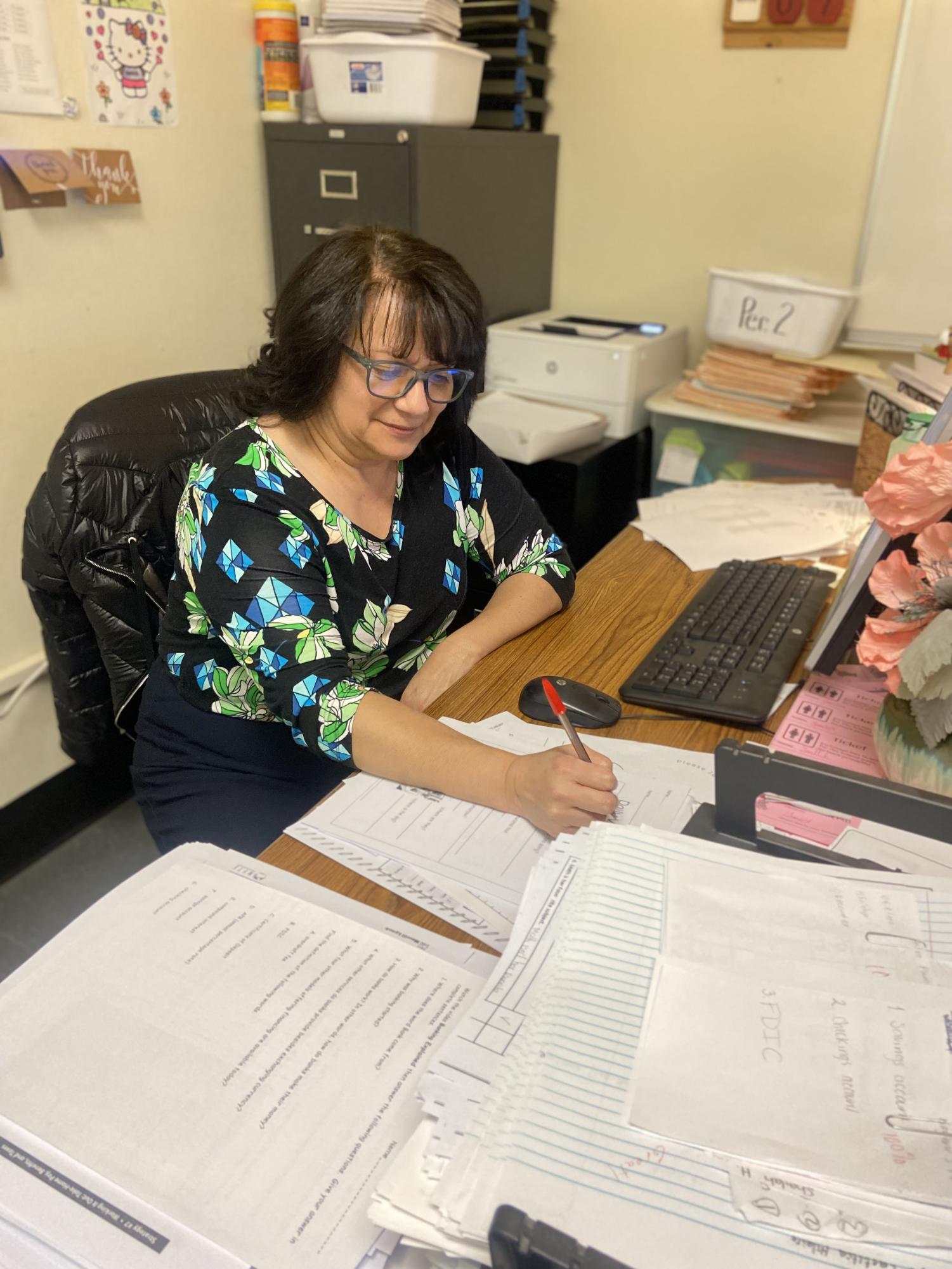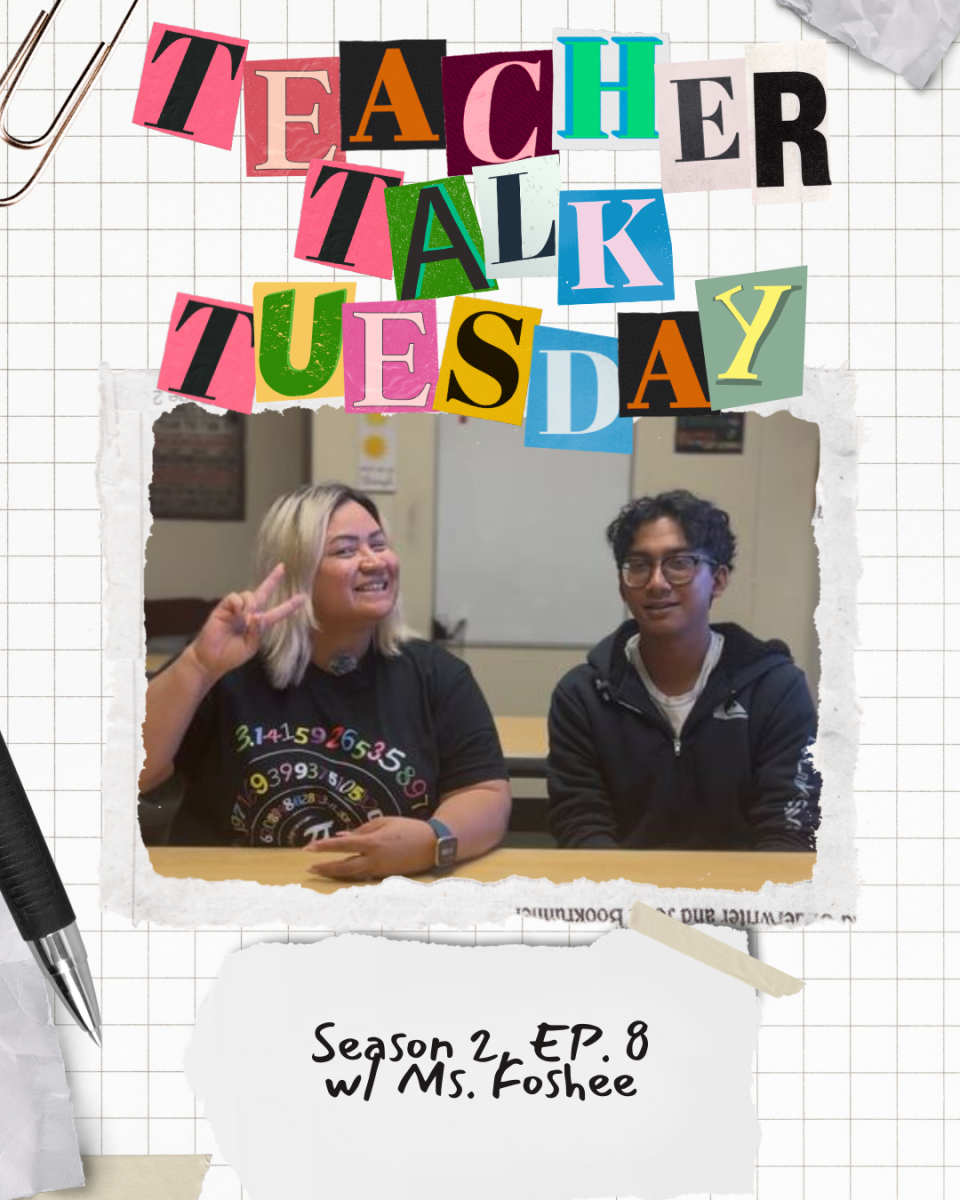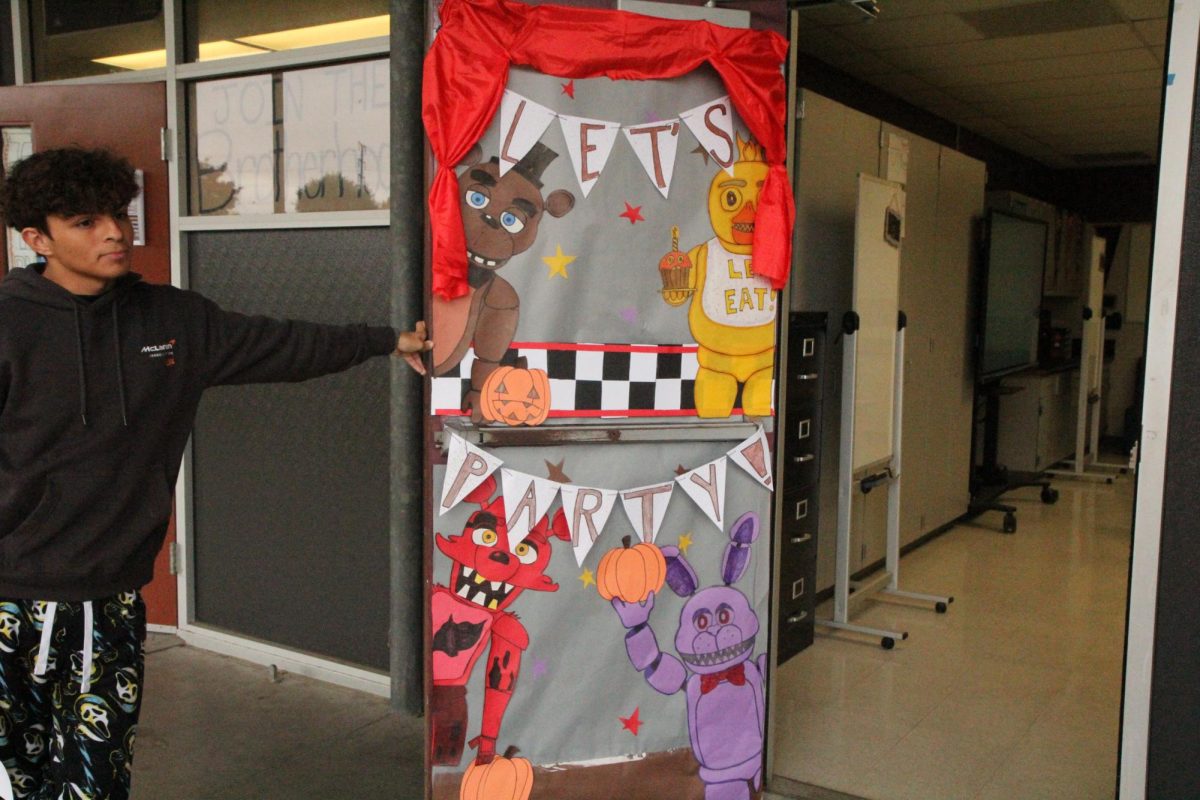In a concerning revelation, the math scores of tenth-graders in the United States hit an all-time low last year, according to the recently released results of the Program for International Student Assessment (PISA). Scores dropped 13 points to 465 compared to 2018’s score of 472. The international test, administered to about 620,000 students in 81 countries in 2022, raises questions about the impact of COVID-19 on students’ academic performance.
The PISA results, released on Tuesday, December 6, revealed that U.S. students scored an average of 465 out of 1,000, down from 478 four years ago. This places them below the international average of 472. Notably, 34% of U.S. students scored below level two, while only 7% reached level 5 and above. Tenth-graders’ math scores in the U.S. were outpaced by students in 33 other nations.
Peggy Carr, commissioner of the National Center for Education Statistics (NCES), expressed that these results highlight a crisis in mathematics achievement, emphasizing that the struggle in math is a global concern by saying “These results are another piece of evidence showing the crisis in mathematics achievement.” The international average scores in math, science, and reading have seen double-digit declines since the early 2000s. “Only now can we see that it is a global concern,” Carr said. “The whole world is struggling in math.” The top-performing countries were predominantly in Asia, with Singapore leading with an average math score of 575.
Armando Garcia, a senior at Stagg, shared his experience during the pandemic, stating, “While during the pandemic, I didn’t really have much need to actually go to the class. So I decided not to, I would skip all the lessons, I would sleep in if I actually went to them. Now, I actually have to go to the classes and I can’t just sleep in the middle of the lessons.” He highlighted the impact on his engagement, saying, “It did really affect the engagement I had going into geometry, which made it really hard to focus, and I mostly just wanted to cheat while doing it.

Jayden “J” Pasion, a junior at Stagg, reflected on the challenges of remote learning, stating, “When the pandemic started, and we first stopped going to school, and, you know, we got all that tough stuff. I did nothing, there wasn’t really a need to. We all have to try now though, which could be hard for some people” He emphasized the need for a more hands-on approach to learning math, stating, “I feel like math should be more hands-on, you know, I don’t think teachers should just give students a packet and a video to watch and say, ‘Here, do this’ because that’s not how people learn.”

Sylvia Paredes, a math teacher at Stagg, pointed out that because of the pandemic, students returned to school with significant gaps in their knowledge, saying, “It’s greatly related to the pandemic because students came back to school with a lot of missing information.” She suggested a potential adjustment to the curriculum, stating, “I think the current math curriculum is okay. It may need to go a little slower.” Paredes acknowledged the challenge of engaging students, especially in math, and expressed the difficulty in making the subject entertaining while adhering to standards.

Despite the extended classroom shutdowns experienced by American students during the COVID-19 pandemic as well as testimonies from students and teachers, there does not seem to be a global correlation between PISA performance and in-class learning, according to Carr. “Most of the change in scores was not due to how long schools were closed,” she said. The OECD, which coordinates the PISA test, randomly selects groups of 15-year-olds globally to assess their progress in math, science, and reading.`
Don Bott, an instructional coach at Stagg, provided comprehensive insights into the challenges of improving math scores. He emphasized, “Just because we necessarily move scores up in an area of math or otherwise, that doesn’t mean that we’re doing a better job.”
Bott continued, “Scores take a long time to show… So I think [Thinking Classrooms] will make a difference.” He shared details about implementing a model to make that difference. “One of the things we’re doing at Stagg that’s also happening in other high schools across the district is …a model called Thinking Classrooms.”
Bott underscored the importance of engagement, stating, “Because it doesn’t matter whether we’re talking about math, English, social studies, whatever. Students need to be engaged; they need to be interested; the class needs to be something that stimulates them.”
U.S. Secretary of Education Miguel Cardona acknowledged the challenges but highlighted a positive aspect, noting that the United States moved up from 29th to 26th place in global rankings. At an extremely tough time in education, the United States moved up in the world rankings in reading, math, and science — all three categories PISA measures — while, unfortunately, many other countries saw declines,” Cardona said. He attributed this improvement to President Biden’s investments and efforts at the Department of Education to support academic recovery.
The National Education Association, the largest teachers’ union in the U.S., emphasized “test scores do not measure everything a student knows or can do”. However, they acknowledged the need for increased investment in American education in response to the results.
While the U.S. has shown improvement in global rankings, the decline in math scores emphasizes the need for a comprehensive examination of the education system. However, Stagg is one of the schools who is trying something different with Thinking Classrooms. As the nation grapples with the aftermath of the COVID-19 pandemic, addressing the challenges in mathematics achievement becomes a crucial priority for educators, policymakers, and parents alike.













